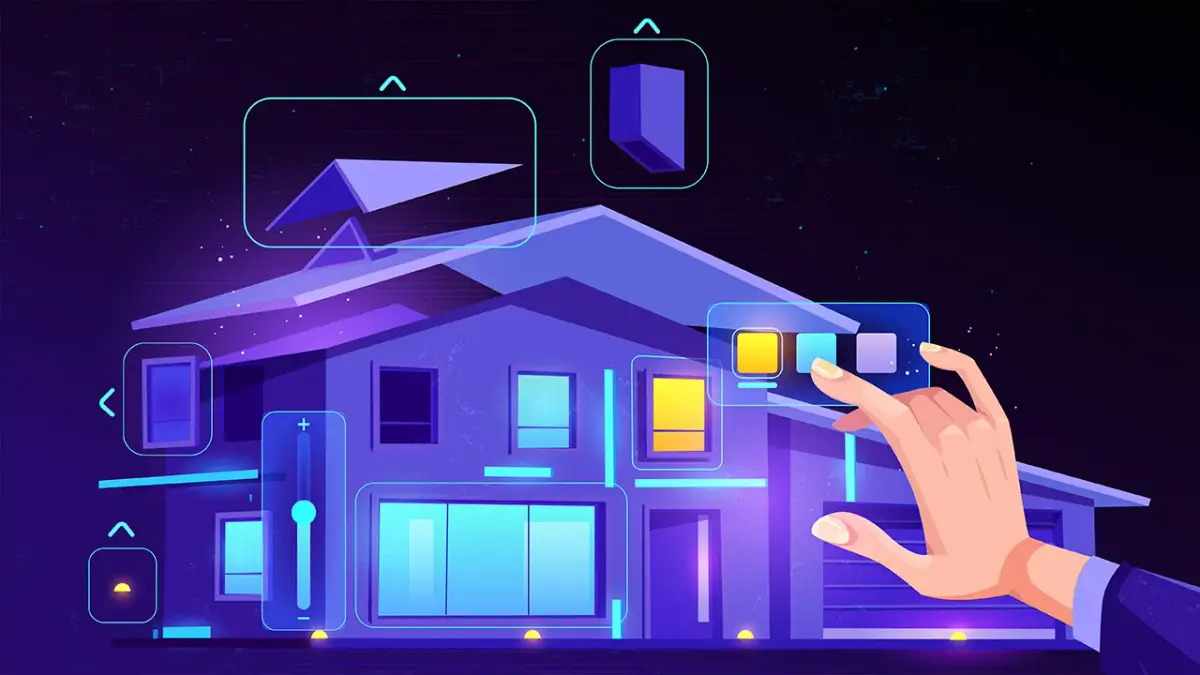
Smart home technology has undergone a radical transformation—from the early X10 protocol in 1975 to the AI-powered smart homes of 2025. What began as basic light and appliance control over AC wiring has now evolved into intelligent ecosystems that adapt to our routines and personalize every aspect of daily living.
In 2024 alone, the global smart home market reached $127.67 billion, with U.S. smart device adoption hitting 69.91 million households. The shift toward automation is driven by wireless connectivity, mobile integration, and IoT devices that enable everything from voice-activated assistants to predictive thermostats.
This blog explores:
The history of smart home development, including key milestones like the invention of X10, the rise of smart thermostats, and the role of smartphones in remote home control.
The impact of AI and IoT in transforming basic automation into adaptive, personalized environments.
What’s next: emotional AI, 6G home networking, and sustainable smart homes that lower energy usage and carbon footprint.
With projected growth to $1.4 trillion by 2034, smart homes are no longer a luxury—they’re the new standard. Whether you’re a homeowner, technophile, or industry professional, understanding the evolution of smart home tech helps you stay ahead in a world where your house doesn’t just shelter you—it understands you.
Read the full article:
👉 https://homimprovement.com/upgrade-yourself/smart-home-technology/history-and-evolution-smart-homes

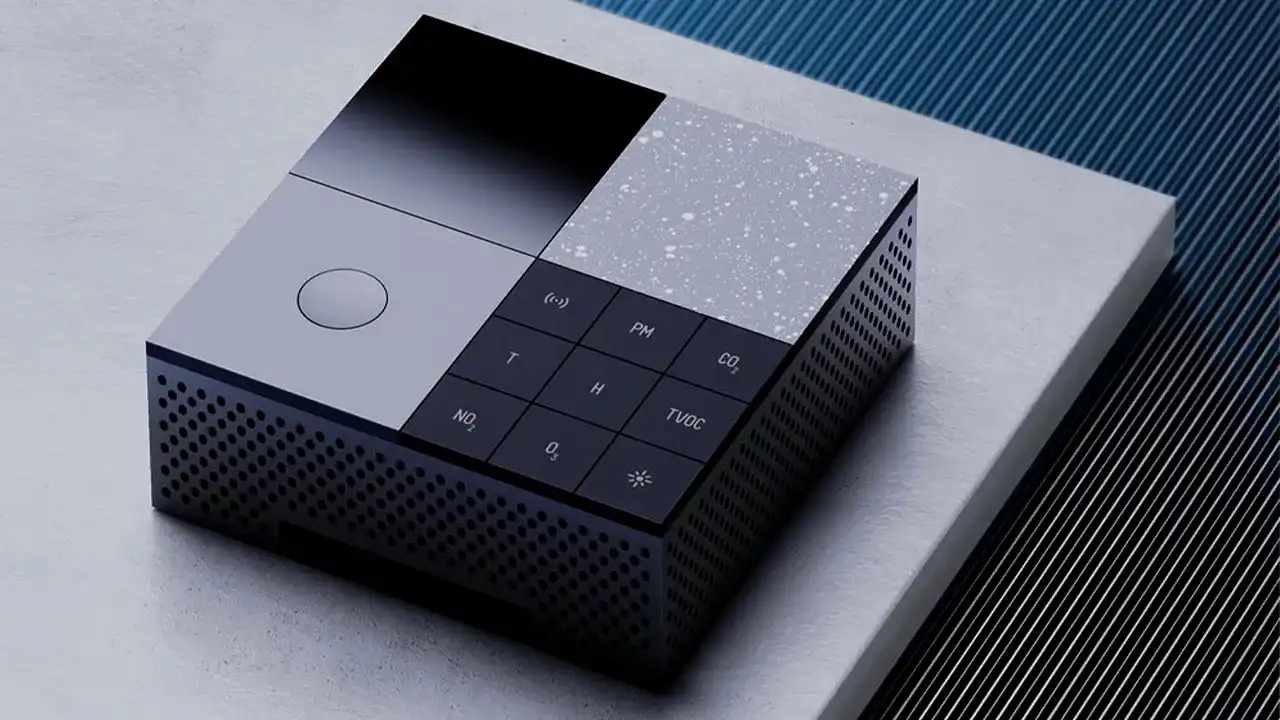
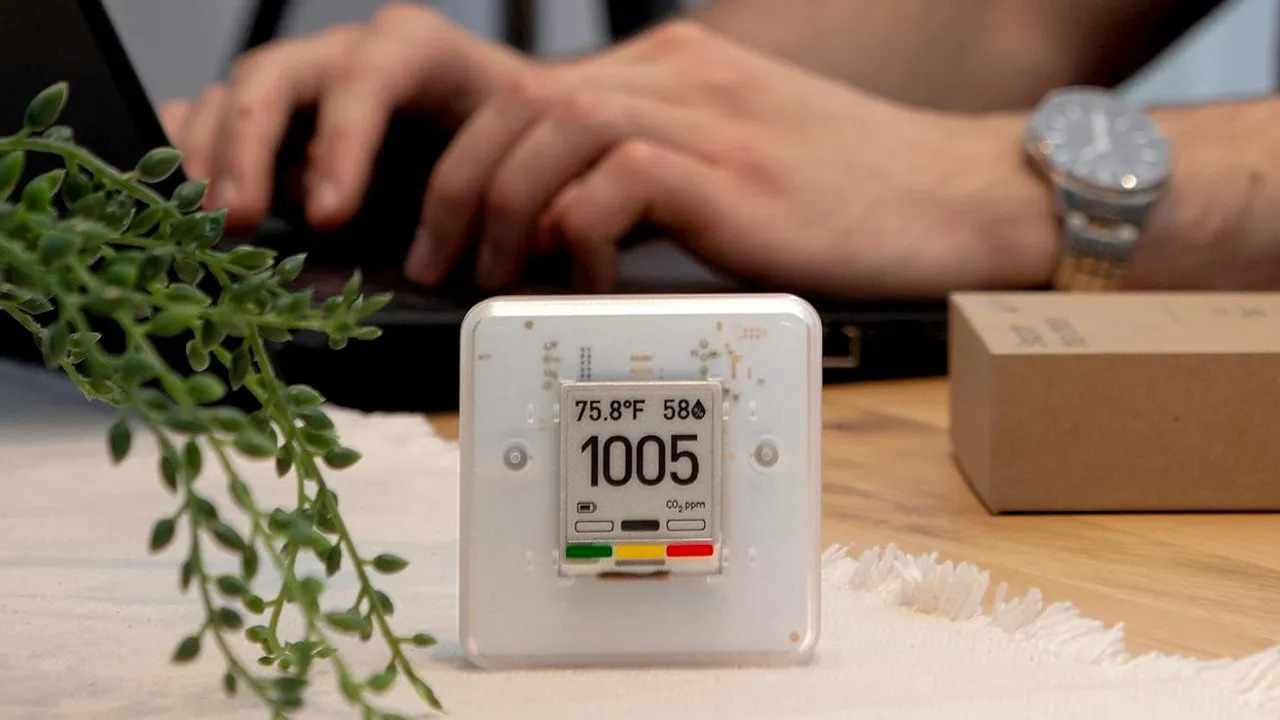

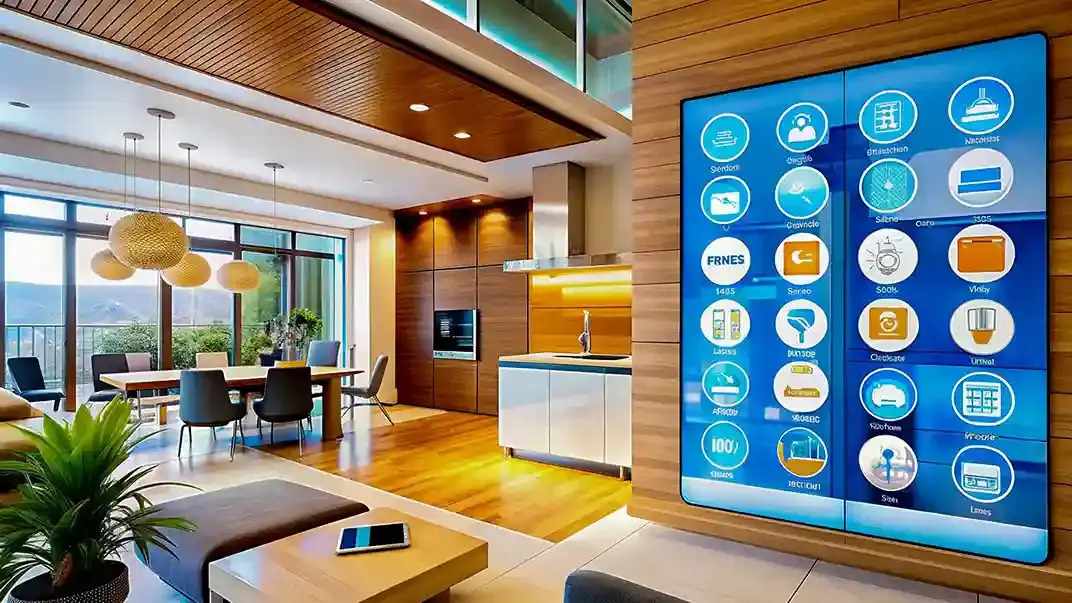
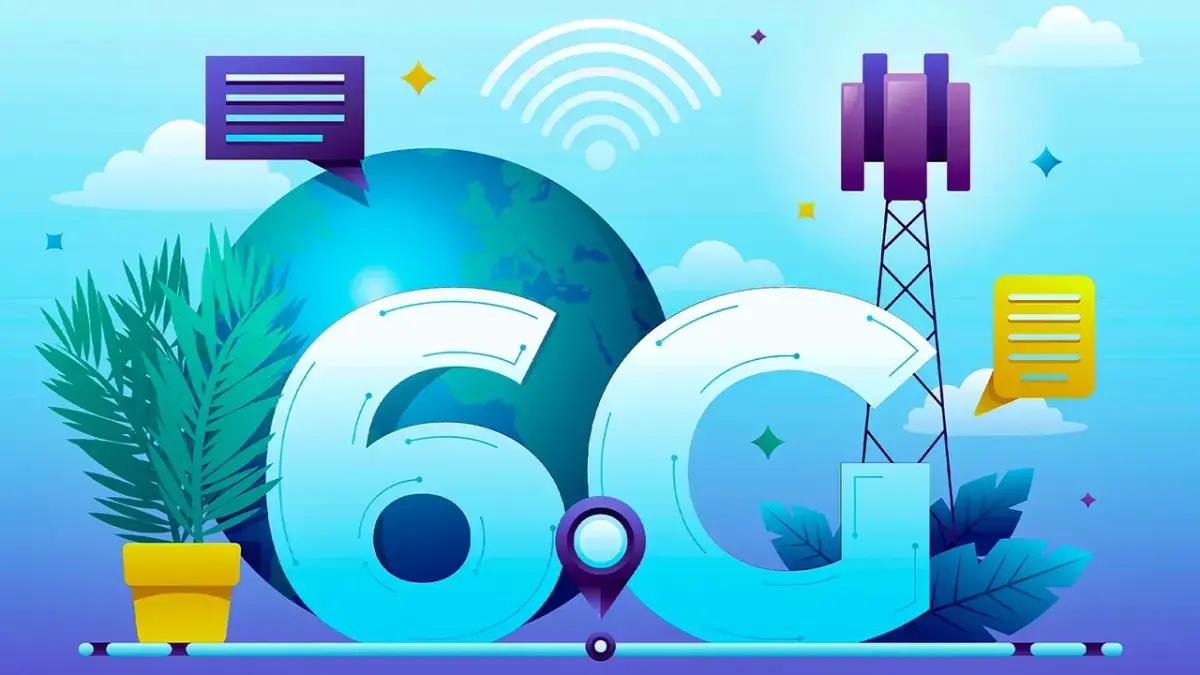
Write a comment ...